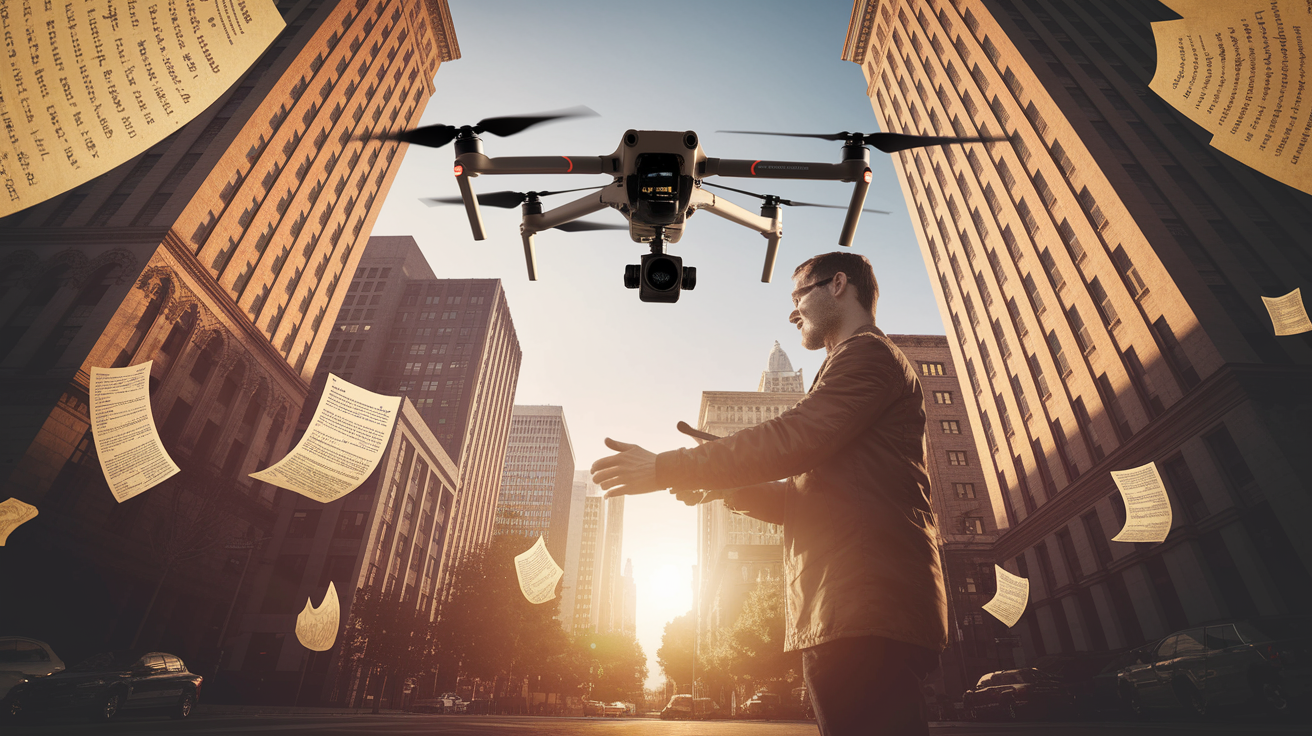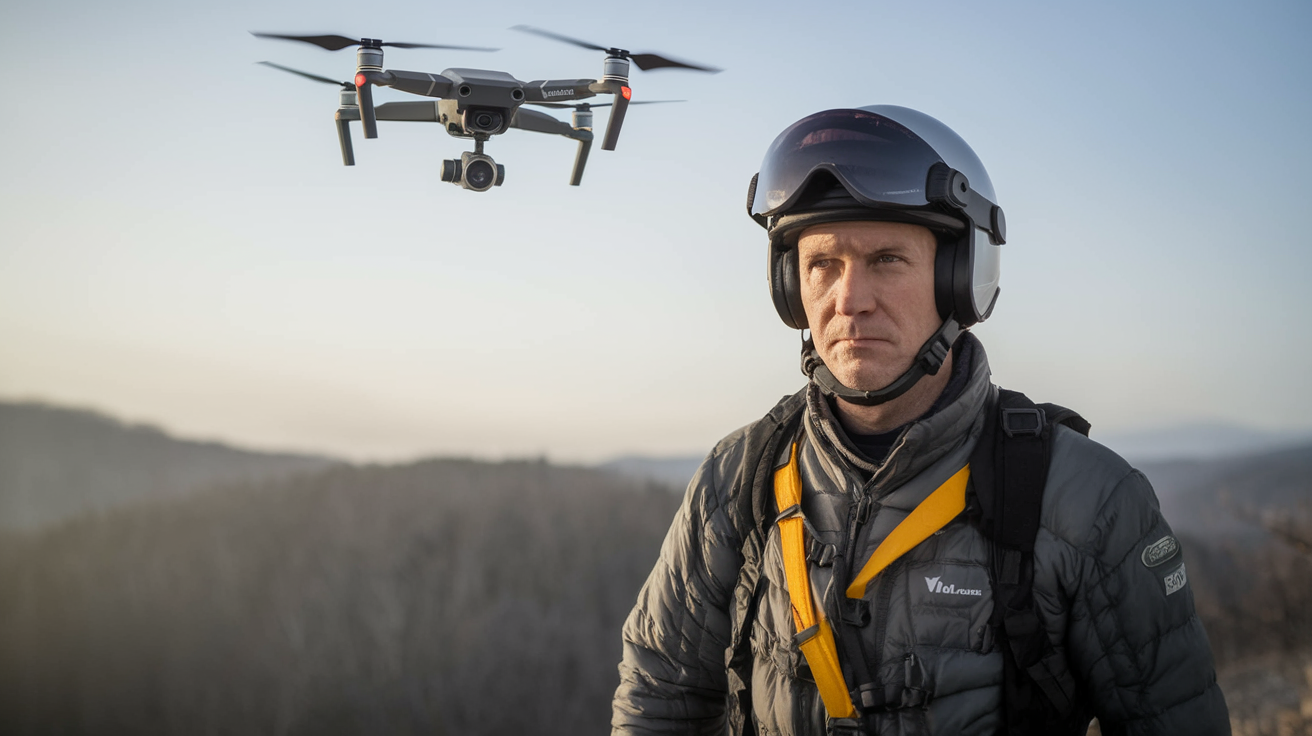Drone insurance is not only a legal obligation but also a protective shield for drone pilots. With the increasing popularity of drones in both private and commercial sectors, it is essential to understand the legal requirements and financial implications. This article illuminates the legal basis of drone insurance and provides an international comparison of insurance costs, to comprehensively inform investors and individuals.
The Compass of Jurisprudence: The Essentials of Drone Insurance

Navigating the jungle of drone insurance laws may seem complex; however, a thorough understanding of the basics and legal requirements creates clarity. The central point lies in the EU Regulation on Drones, which serves as the foundation for a uniform regulatory framework within the European Union. This emphasizes the necessity for liability insurance for drone operators, aiming to cover any claims for damages arising from the use of drones. Interestingly, there are exceptions for public entities or states acting as owners of such devices.
In Germany, the Aviation Act (LuftVG) clarifies these regulations and ensures that every drone, which goes beyond a mere toy, requires insurance. This underscores the sustainable political intent, on one side to guarantee safety in the airspace and, on the other, to respond to the increasing popularity and proliferation of drones.
Insurance Requirements
A central element of drone insurance is the so-called coverage limit. For drones with a maximum takeoff weight of less than 500 kilograms, this must include at least 750,000 units of account, which corresponds to approximately 902,636 euros. An actually recommended coverage limit is at least one million euros. This insurance certificate, preferably also available in digital form, must always be carried and contains all relevant information regarding the coverage limit, insurance conditions, and validity period.
Moreover, the registration obligation is an integral part of the legal requirements. Every drone pilot must register centrally and receive an electronic registration number, which must be clearly visible on the drone. These measures ensure traceability and accountability for the operation of the drone.
Private vs. Commercial Use
The differences between private use and commercial use lie in the details of the insurance choice. While private users can often consider a combination with their existing liability insurance, commercial use requires tailor-made insurance policies. Commercial flights involve higher risks, which are reflected in costs that can vary depending on the type of drone, area of deployment, and required coverage limit, ranging from about 100 euros to several thousand euros annually. When choosing the insurance scope, aspects such as coverage limit, geographical scope, and any deductibles play a crucial role.
In general, it can be stated that a conscious approach to these legal conditions not only constitutes the basis for legal drone operation but also contributes significantly to safety in the airspace.
Financial Aspects and Global Differences in Drone Insurance

Choosing the right drone insurance not only depends on specific legal requirements in Germany but also varies significantly according to international standards and offerings. While legal provisions clarify that liability insurance is mandatory for all commercial and private applications, financial aspects and differences in coverage reveal interesting insights.
In Germany, the cost of liability insurance for commercial drones generally starts from about 100 to 200 euros per year. This amount increases significantly with the size and associated risks of using the drone and can reach several thousand euros for broader protection needs. These prices illustrate comprehensive insurance coverage, which should be sufficient for most cases. The offered coverage limits range from 1.5 million euros to 10 million euros, providing adequate protection in case of damages to persons or property. Global protection is often included, but it’s important to note that the United States and Canada are excluded from many policies, unless specific agreements are made.
In the international comparison, many countries offer similar insurance solutions, but specific limits and legal requirements vary. Regulatory differences are also reflected in the provisions governing the operation of drones in various countries. Many states require liability insurance for all commercial drone operators, serving as protection against potential liabilities for accidents or damages.
An additional consideration is the distinction between personal and professional liability insurances, which may be relevant in the context of drone usage. Often, traditional liability insurance covers general damage to persons and property but is not specifically directed at drone operation.
This results in an intricate yet fascinating interplay of insurance solutions. Thus, choosing the right drone insurance depends not only on individual needs and areas of deployment but also on a precise understanding of the national and international insurance landscape.